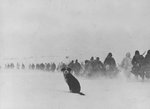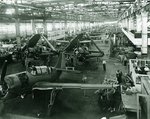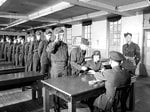Flightpath
Airman 1st Class
What was the sighting distance?
Was ther more than a single bullseye?
Not sure of all that but it looks like they set the targets at a set distance from the aircraft and each gun has it's own target to be set up on. It looks like a fairly early Spitfire as it has eight .303 Brownings and no 20mm cannon. (also a single radiator and oil cooler under the wings).
Notice the plumbob under tha centre of the aircraft and (maybe) the pilot with his Irvine jacket sitting on the wing watching over things.





